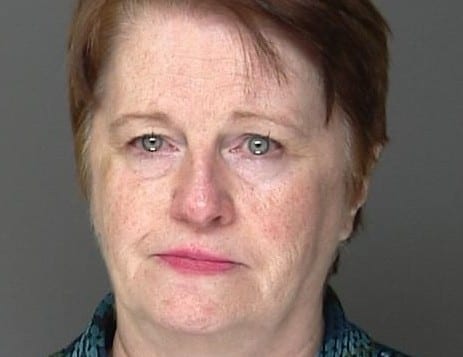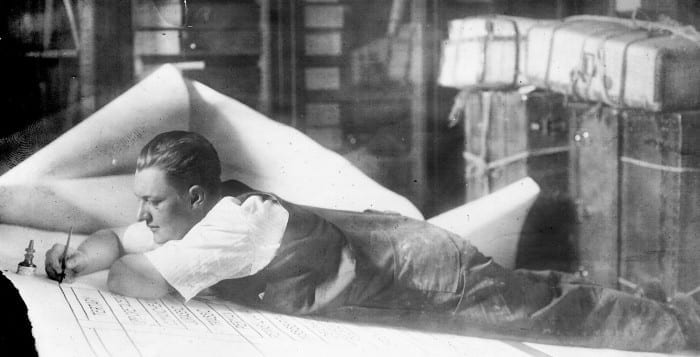Huntington Town and Northport-East Northport school district’s fight to knock the lights out of a Long Island Power Authority lawsuit that looks to drastically decrease how much the utility pays in taxes on the Northport power plant recently got a big boost.
Last week, a New York State appellate court ruled in favor of the municipalities, clearing the way for both to go to trial against the utility and engage in pretrial depositions and discovery. In 2010, LIPA filed a tax certiorari lawsuit against the town, claiming the town greatly over-assessed the Northport power plant and that it should be paying millions less in taxes.
Northport-East Northport schools, along with Huntington Town, filed companion lawsuits in May 2011 that claimed LIPA didn’t have the right to file to reduce its taxes and that it breached a 1997 contract promising it wouldn’t. In 2013, a New York State Supreme Court justice upheld the district and town’s rights to sue LIPA and National Grid, and last week’s court ruling upheld that lower court ruling.
LIPA sought to have the school district tossed out of the suit, but the district claimed it was a legal third-party beneficiary of a 1997 power supply agreement between LIPA and the Long Island Lighting Company. Last week’s court ruling upheld that claim. It cites a 1997 letter from LIPA to the Nassau-Suffolk School Boards Association, to which Northport-East Northport belongs, that upon the issuance of a 1997 power supply agreement, “LIPA will immediately drop all tax certiorari cases against all municipalities and school districts,” and that “neither LIPA nor LILCO will initiate any further tax certiorari cases on any of their respective properties at any time in the future unless a municipality abusively increases its assessment rate,” as “spelled out in the [PSA].”
Stuart Besen, the town’s attorney on the case, said he believes the letter from Richard Kessel, former chairman of LIPA, was integral in swaying the judges to rule in favor of the municipalities.
“I just think that Supervisor [Frank] Petrone really deserves a lot of credit for having the foresight for one, making sure the clause was in the [power supply agreement], and two, demanding that Richard Kessel reiterate that position in a letter.”
If successful in the suit, the town wouldn’t have to pay approximately $180 million in taxes the utility claims it overpaid in a three-year period, Besen said. LIPA pays roughly $70 million in taxes on the Northport power plant, town officials have said.
The utility contends the plant is worth less than 11 percent of the value reflected by its current assessment. If LIPA was successful in lowering its assessment and thus the amount it pays in taxes, town residents could be hit with tax increases of up to 10 percent. Those who live in the Northport-East Northport school and library districts could get a whopping 50 percent increase in their taxes.
John Gross, senior managing partner at Ingerman Smith, who represents the school district in the case, said the next step is to move forward with discovery and a motion for summary judgment in favor of the district.
“And if we win that, that means the claims they made to reduce the value of the plant are thrown out,” Gross said in an interview on Tuesday.
The town and the school district are partners in the lawsuit, Gross said.
Asked what town taxpayers should take away from the development, Besen said “that the town is fighting.”
“The town is fighting a big entity, both National Grid and LIPA. But we feel we’re right. We feel that those three years we don’t have to pay, that LIPA and National Grid made a promise to the people of Huntington and the town is going to do everything possible legally to uphold that promise.”
Sid Nathan, a spokesman for LIPA, said the authority couldn’t comment on ongoing litigation.

















